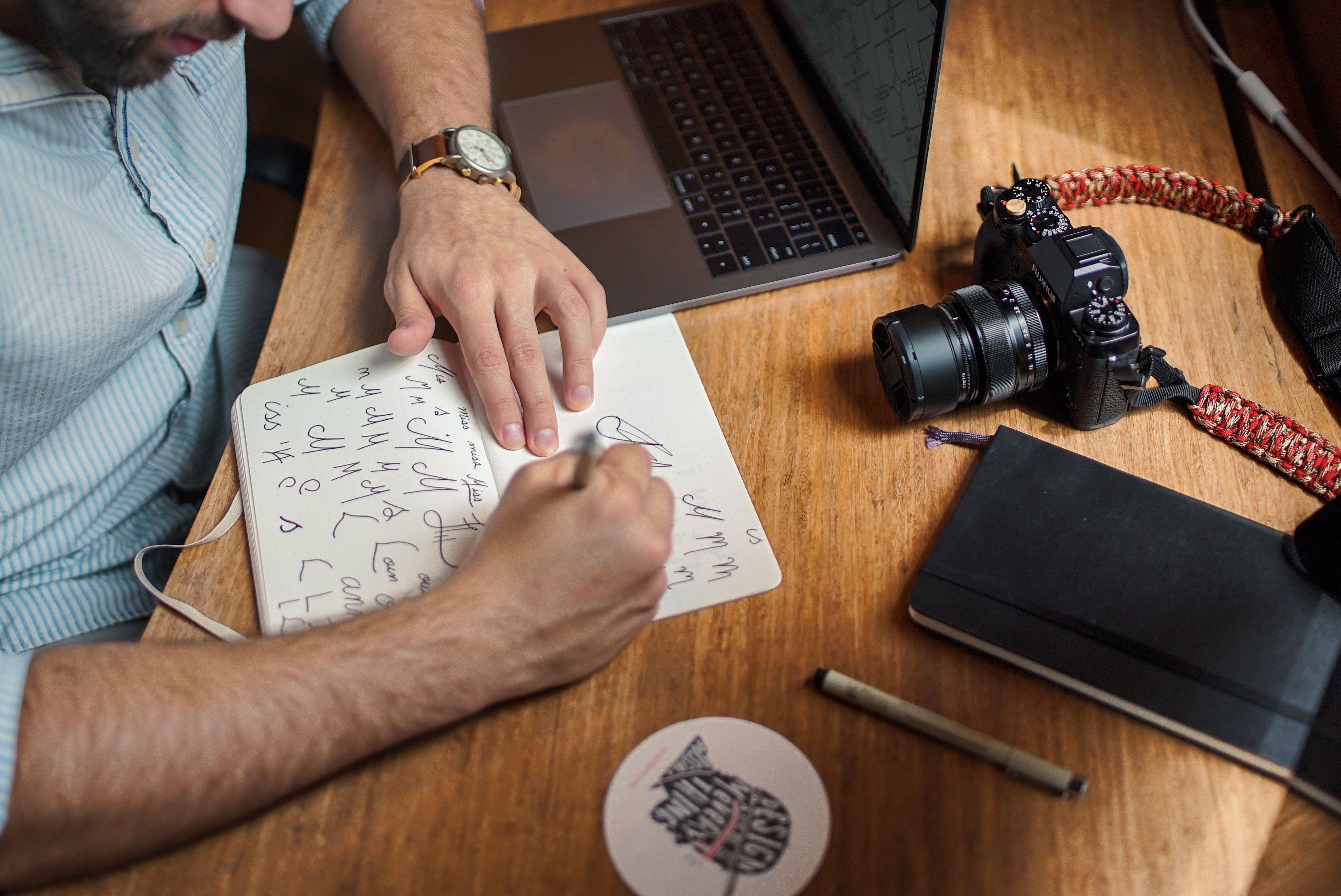Develop a more systematic, human-centered, results-oriented thought process Design Thinking is the Product
Development and Management Association's (PDMA) guide to better problem solving and decision-making in product development and beyond. The second in the New Product Development Essentials series, this book shows you how to bridge the gap between the strategic importance of design and the tactical approach of design thinking. You'll learn how to approach new product development from a fresh perspective, with a focus on systematic, targeted thinking that results in a repeatable, human-centered problem-solving process. Integrating high-level discussion with practical, actionable strategy, this book helps you re-tool your thought processes in a way that translates well beyond product development, giving you a new way to approach business strategy and more. Design is a process of systematic creativity that yields the most appropriate solution to a properly identified problem. Design thinking disrupts stalemates and brings logic to the forefront of the conversation. This book shows you how to adopt these techniques and train your brain to see the answer to any question, at any level, in any stage of the development process.
- Become a better problem-solver in every aspect of business
- Connect strategy with practice in the context of product development
- Systematically map out your new product, service, or business
- Experiment with new thought processes and decision making strategies You can't rely on old ways of thinking to produce the newest, most cutting-edge solutions. Product development is the bedrock of business whether your "product" is a tangible object, a service, or the business itself and your approach must be consistently and reliably productive. Design Thinking helps you internalize this essential process so you can bring value to innovation and merge strategy with reality.
Design Thinking: New Product Development Essentials from the PDMA | Abbie Griffin | John Wiley & Sons
Table of Contents
1 A Brief Introduction To Design Thinking
The Concept of Design Thinking and Its Role within NPD and Innovation, Framework of Design Thinking, Design Thinking as a Nonlinear Process, The Principles and the “Mindset” of Design Thinking
Part I: Design Thinking Tools
2 Inspirational Design Briefing
Nine Criteria of an Inspirational Design Brief, Writing the Inspirational Design Brief, Research Findings about Inspirational Design Briefs, Three Pitfalls to Avoid, Conclusion: Keys to Success
3 Personas: Powerful Tool For Designers
Defining Personas, The Importance of Personas, Creating Personas, Illustrative Application of Personas
4 Customer Experience Mapping: The Springboard To Innovative Solutions
Inputs to the Experience Map, The Experience Mapping Process, The Experience Map as a Springboard to Innovative Solutions, Conclusion
5 Design Thinking To Bridge Research and Concept Design
Challenges in Idea Generation, The Need for a Systematic Method to Connect to the User, The Visualize, Empathize, and Ideate Method, The Importance of Visualizing and Empathizing before Ideating, Applying the Method
6 Boosting Creativity In Idea Generation Using Design Heuristics
Where Do New Design Ideas Come From?, Tool to Assist with Idea Generation: Design Heuristics, How Design Heuristics Were Identified: The Evidence Base, Design Heuristics for Idea Generation, How to Use Design Heuristics to Generate Design Concepts, Evidence of the Value of the Design Heuristics Tool 80
7 The Key Roles of Stories and Prototypes In Design Thinking
A Design Thinking Product Development Framework, What Is a Story?, What Is a Prototype? Putting It Together—Combining Stories and Prototypes, Employing Stories and Prototypes in Your Process
Part II: Design Thinking Within The Firm
8 Integrating Design Into The Fuzzy Front End Of The Innovation Process
Challenges in the FFE, Design Practices and Tools for Assisting in Problem Defignition, Design Practices and Tools for Assisting in Information Management, Design Practices and Tools for Assisting in Stakeholder Management, How to Integrate Design Professionals in FFE
9 The Role of Design In Early-Stage Ventures: How To Help Start-Ups Understand and Apply Design Processes To New Product Development
Introduction: An Emerging Start-up Culture, The Basics, The Process, Troubleshooting Common Mistakes
10 Design Thinking For Non-Designers: A Guide For Team Training and Implementation What Do Non-Designers Need to Learn?, Challenges Teams Face with Design Thinking, Three Team Strategies for Success
11 Developing Design Thinking: Ge Healthcare’s Menlo Innovation Model
GE Healthcare’s Design Organization, The Menlo Innovation Ecosystem, The Significance of Design Thinking at GE Healthcare
12 Leading For A Corporate Culture of Design Thinking
The Critical Impact of Corporate Culture on Design Thinking, What Is Corporate Culture?, Corporate Forces that Undermine Design Thinking, Four Pillars of Innovation for Enabling Design Thinking, Four Stages of Transforming to a Culture of Design Thinking 184
13 Knowledge Management As Intelligence Amplification For Breakthrough Innovations
Designing Amidst Uncertaint, Knowledge Management Tasks for Breakthrough Innovation: From Intelligence Leveraging to Intelligence Amplification, KM and Selected Tools for Breakthrough Innovation, Organizational Implications
14 Strategically Embedding Design Thinking In The Firm
Role of Key Personnel, Organizational Practices, Organizational Climate and Culture, Embedding Design Thinking
Part III: Design Thinking For Specific Contexts
15 Designing Services That Sing and Dance
Products, Services, and Experiences, How to Design for Compelling Service Experiences Services that Sing and Dance, Designing a Service Experience Is Never Finished 233
16 Capturing Context Through Service Design Stories
Service Design, Context, Stories, and Designers as Interpreters, Context Through Narratives—The CTN Method, Case Illustration of the CTN Method, Conclusion and Recommendations
17 Optimal Design For Radically New Products
Communicate the Challenge Goal toward Radically New Products, Shift Time Frames to Future and Past, Promote an Emerging Technology Focus across the Consumption Chain, Promote the Use of Analogical Thinking, Look for Novel Ways to Solve Simple Problems, Leverage More Ideators via Crowdsourcing
18 Business Model Design
What Is a Business Model?, When Do I Need to Think about My Business Model?, What Value Should I Expect from a Business Model Design?, What Method Can I Use to Design a Business Model?, Process of Designing a Business Model, How Do I Implement My New or Revised Business Model?
19 Lean Start-Up In Large Enterprises Using Human-Centered Design Thinking: A New Approach For Developing Transformational and Disruptive Innovations
Lean Start-up, Transformational and Disruptive Innovation: Defining the Domain Where the Lean Start-up Process Should Be Used, Why Is a Business Model a Valuable Part of the Lean Start-up Process?, Lean Start-up through the Lens of Human-Centered Design, Implementing the Lean Start-up Approach in Enterprises
Part IV: Consumer Responses And Values
20. Consumer Response
Consumer Response To Product Form, How Product Form Influences Consumer Product Evaluation, Product Form Characteristics and Consumer Perceptions, In What Way Will Product Form Impact Consumer Product Evaluation?, Practical Implications 314
21 Drivers of Diversity In Consumers’ Aesthetic Response To Product Design
Culture, Individual Characteristics, Situational Factors
22 Future-Friendly Design: Designing For and With Future Consumers
A Framework for Understanding Changing Consumer Values, Emerging Consumer Needs Going Forward
Part V: Special Topics In Design Thinking
23 Face and Interface: Richer Product Experiences Through Integrated User Interface and Industrial Design
Divergent Paths: User Interface in Physical and Digital Products, Emerging User Interface Technologies, New Technology Demands a New Development Process, Seven Questions to Guide the Integration of Industrial Design with User Interface Design, Practice Makes Perfect
24 Intellectual Property Protection For Designs
“Design” in Intellectual Property, Utility Patents, Design Patents, Copyrightable Designs for Useful Articles, Trademark Rights for Product Design, Legal Overlap, Trade-Offs, and Strategic Considerations
LINK FOR THE BOOK
https://www.amazon.com/Design-Thinking-Product-Development-Essentials/dp/1118971809












